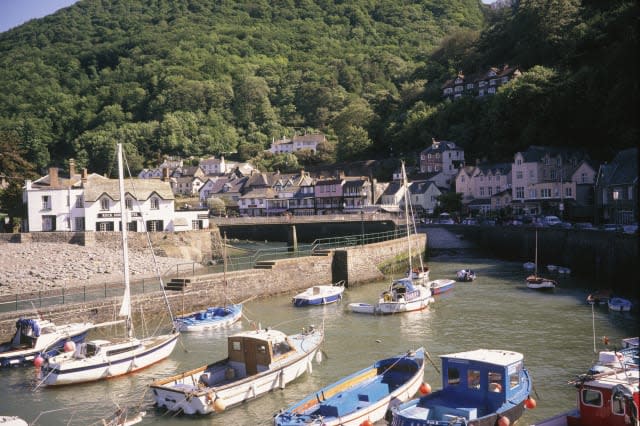Can the government control the weather?

On the night of 15 August 1952 the worst flood in British history swept through the tiny seaside village of Lynmouth.
Ninety million tonnes of water devastated the area, killing 35 people and leaving more than 400 people homeless.
See also: Coffins float in street after Louisiana flooding
See also: 90 passengers evacuated after UK train stuck in flood water
The cause of the destruction was said to be the extremely heavy rainfall in the water basin surrounding Lynmouth.
However newly de-classified documents reveal that the RAF was experimenting with artificial rain making in the same week as the disaster.
Is there a chance that the UK government caused the fatal Lynmouth flood?
On that 22.9 inches of rail fell in the four miles of moor land surrounding the town, this immense rain fall burst the banks of the river Lyn around 9pm and the village began to flood.
At its worst, the water level was rising six inches every 15 minutes. As well as the water 40,000 tonnes of boulders were dragged off the moors, destroying houses and cars .
While the British Met Office has admitted to experimenting with cloud seeding or artificial rain making, it flatly denies that any of these experiments took place before 1955.
But in 2001 the BBC discovered military documents which prove that government ministers authorising military testing of artificial rain making across Britain as early as 1949.
As part of the BBC's investigation, reporters spoke to squadron leader Len Otley. He confirmed that he worked on Project or Operation Cumulus which was also referred to as Operation Witch Doctor.
Otley took part in the successful artificial rain making experiment in northern England in 1949.
The Ministry of Defence has denied that any cloud seeding experiments were taking place during the August of 1952, but newly declassified documents prove that Project Cumulus was indeed going on between 4 and 15 August, the day of the flood.
Dr Giles Harrison a meteorologist at Reading University also noted that if silver iodide had been used in cloud seeding experiments over Lynmouth traces would be found in the soil. Sure enough, silver residue was found in the catchment area of the River Lyn.
There are a number of factors that contradict these theories though. For example cloud seeding does not actually create rain, it just speeds up the process of rain. This means that the clouds that rained over Lynmouth on that fateful day would have rained anyway, regardless of the seeding process.
It has also been suggested that the storm that caused the flood was stretched across the country and not localised to Lynmouth.




